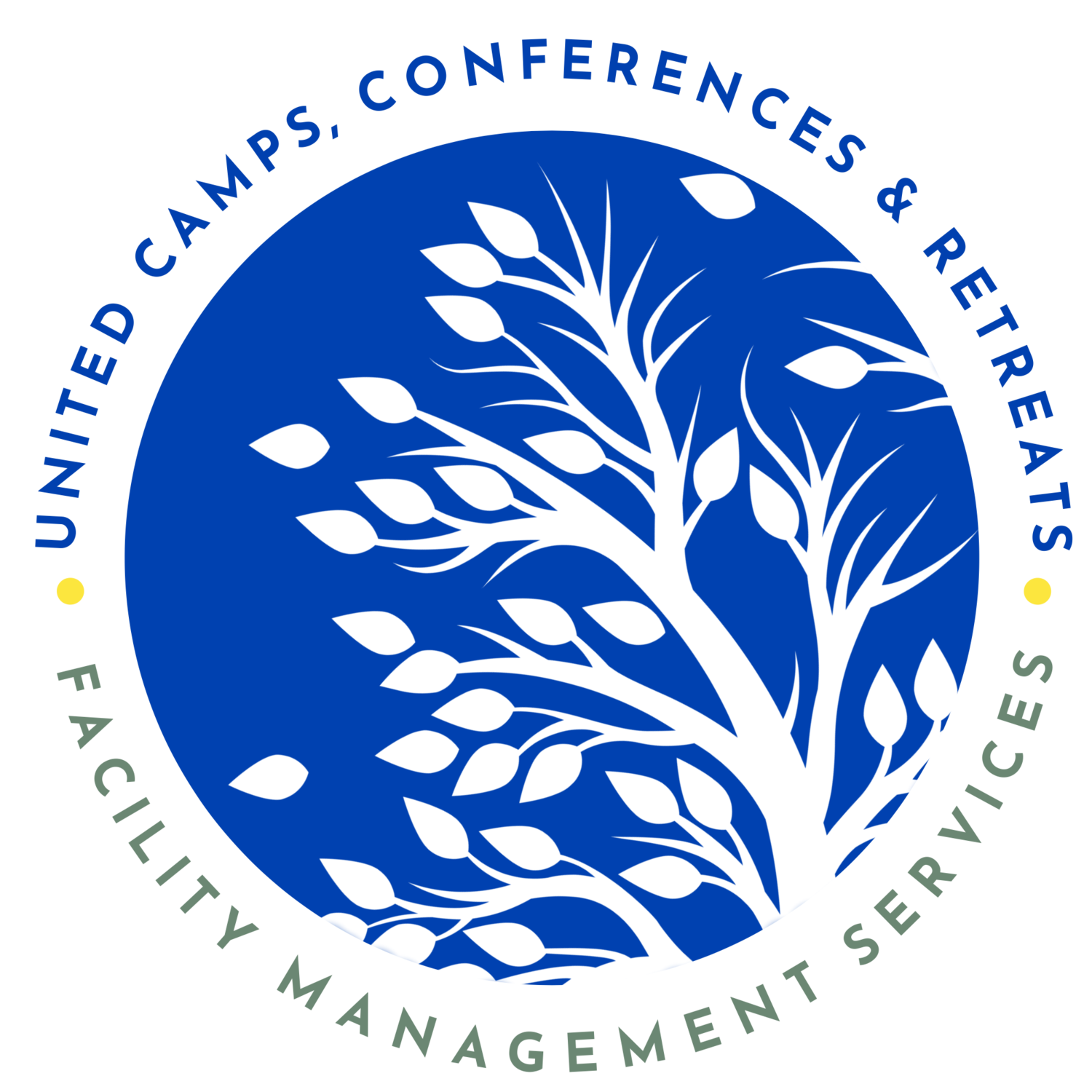Unveiling the Art of Leading a Retreat – Six Exceptional Tips
/Anyone can lead a retreat, right?
Right!
Experienced program leaders know how to attain glowing reviews and excellent results by using these six tips.
After all, leading a retreat is more than just organizing logistics. It's about creating an immersive and transformative experience that resonates with each participant on a profound level.
Yet, at the heart of meeting participants' needs lies the art of retreat leadership – a delicate blend of hospitality, facilitation, and inspiration to guide participants through a journey of self-discovery and growth.
Here are six exceptional tips to raise your retreat leadership to an expert level
The foundation of any successful retreat lies in its intention. Gaining clarity on this before embarking on the journey of leading a retreat is essential. Whether it's fostering personal growth, deepening spiritual practice, or promoting wellness, clearly articulating the intention sets the tone for the entire experience. It informs how we speak about the retreat to participants, helps reach our intended audience during promotion, and is the motivating factor that quietly guides every aspect of the agenda.
Creating the right atmosphere is equally crucial. The retreat space should be conducive to learning and relaxation, away from the distractions of everyday life. Whether nestled outside amid the beauty of nature or within the walls of a serene retreat center, the environment plays a vital role in supporting our participants' journey. The right atmosphere provides the opportunity to focus and take in new information without becoming overwhelmed.
The environment and atmosphere are often overlooked as an important element for any group gathering. Program leaders are often so focused on orchestrating details that we aren’t noticing important details like the temperature, the sun shining too brightly into participant’s eyes, or a location that lacks casual gathering spaces to chat and connect with fellow participants between sessions.
A central need for most retreat participants to have an opportunity to join a new community of like-minded people. As a retreat leader, cultivating opportunities for connection is key to fostering a supportive and inclusive environment. Icebreakers, thoughtful and even playful activities, along with shared meals provide opportunities for participants to bond and build relationships based on trust and mutual respect.
Facilitating open and honest communication is essential for creating a safe space where individuals feel comfortable expressing themselves authentically. Building community is essential to creating trust and long-lasting connections that have participants wanting more, recommending the program to their friends, and keeping them returning to your next event.
Check out Blazing Mountain and Highlands Retreat Center, both in Colorado.
While spontaneity has its place in retreats, thoughtful planning and programming are essential for guiding participants through a coherent and meaningful journey. From meditation sessions and workshops to outdoor excursions and creative expression, a well-rounded itinerary offers a variety of experiences that cater to the different needs and interests of the group.
It is essential as retreat leaders to strike a balance between structure and flexibility. If an opportunity presents itself that veers from the planned agenda, we must know how to allow for the diversion, and then get back on track while staying mindful of the overall experience.
At the heart of retreat leadership is the commitment to inspire transformation. How we lead our participants to transformation often depends upon our ability to inspire. When we listen to the feedback from previous participants, we can discover what really resonates and works effectively.
A facilitator who curtails the agenda based on feedback can continue to improve and enhance the overall experience, which ultimately leads to satisfaction, repeat customers and a wider audience.
Participants want to explore their inner landscape, confront limiting beliefs, and cultivate self-awareness, and will be more willing to open to the experience if they are inspired and have trust in the facilitator when inspired.
The impact of a retreat often extends far beyond its duration. As a retreat leader, nurturing integration is essential for supporting participants' continued growth. Supporting growth through community post-retreat is a great way to keep your participants engaged.
Providing a forum for connection post-retreat is another way to excel in the art of retreat leading. By creating community, belonging and connection, we help assist participants in maintaining momentum and sustain positive changes long after the retreat has ended.
The balance of intention, facilitation, and inspiration creates a nurturing and transformative environment which gives retreat leaders the power to guide participants on a journey of self-discovery, growth, and renewal that resonates long after the retreat has ended.
Check out these two retreat centers: Blazing Mountain in Crestone, CO and Highlands in Allenspark, CO.







